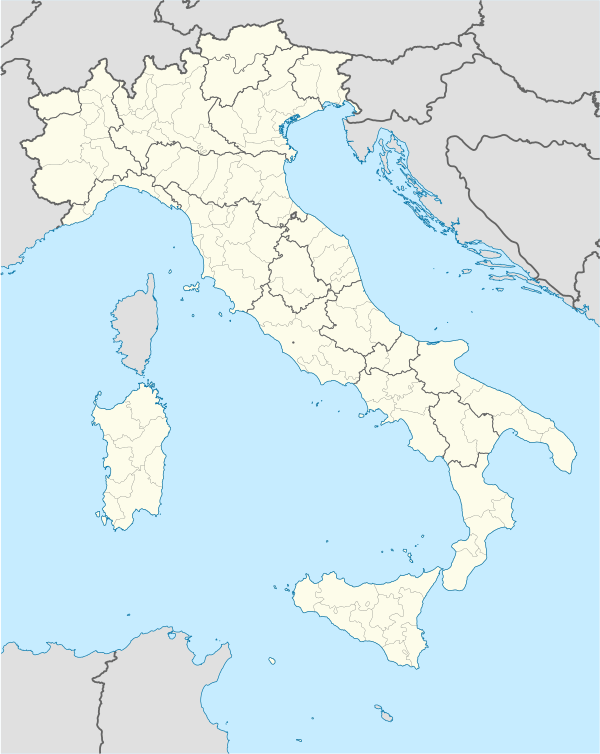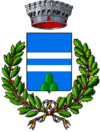Calamonaci
| Calamonaci | ||
|---|---|---|
| Comune | ||
| Comune di Calamonaci | ||
| ||
 Calamonaci Location of Calamonaci in Italy | ||
| Coordinates: 37°32′N 13°17′E / 37.533°N 13.283°E | ||
| Country | Italy | |
| Region | Sicily | |
| Province | Agrigento (AG) | |
| Government | ||
| • Mayor | Vincenzo Inga | |
| Area | ||
| • Total | 32.6 km2 (12.6 sq mi) | |
| Elevation | 307 m (1,007 ft) | |
| Population (30 June 2009[1]) | ||
| • Total | 1,395 | |
| • Density | 43/km2 (110/sq mi) | |
| Demonym | Calamonacesi | |
| Time zone | CET (UTC+1) | |
| • Summer (DST) | CEST (UTC+2) | |
| Postal code | 92010 | |
| Dialing code | 0925 | |
| Patron saint | St. Vincent Ferrer | |
| Website | Official website | |
Calamonaci is a comune (municipality) in the Province of Agrigento in the Italian region Sicily, located about 70 kilometres (43 mi) south of Palermo and about 35 kilometres (22 mi) northwest of Agrigento.
The main activity is agriculture, with cultivation of almonds, olives, grapes, honey, citrus fruits, and a specific variety of extra virgin olive oil called "biancolilla". Cattle breeding and apiculture are flourishing. Also very characteristic are the local handicraft objects, such as brooms, bread baskets, and the so-called "coffe" (big hand-woven wicker baskets).
Sights include the Mother Church, dedicated to Saint Vincenzo Ferreri and erected in 1580, and the small Convento dei Carmelitani (Convent of the Carmelitani, 17th century) and only partially visible today.
History
The name Calamonaci derives from the Arab term Kal-at-Munach, meaning "pit stop farm house", because anciently it used to be a station where diligences changed their horses. The first center was founded approximately during the 13th century by the Arabs, who built a farm house.
In 1278, it was bestowed by King James II of Aragon to Lord Berengar de Villaragut. Afterwards, it belonged respectively to the Inveges Barons and to the noble Perollo family from Sciacca, and it was always uninhabited.
The current urban structure was created during 1574, thanks to nobleman Antonio De Termini who achieved the appropriate "licenti populandi".
Afterwards, the feud became property of Lord Vespasiano De Spuches, and then seat of the Montaperto of Raffadali Barons. In 1812, the town became autonomous after the abolition of feudalism.
